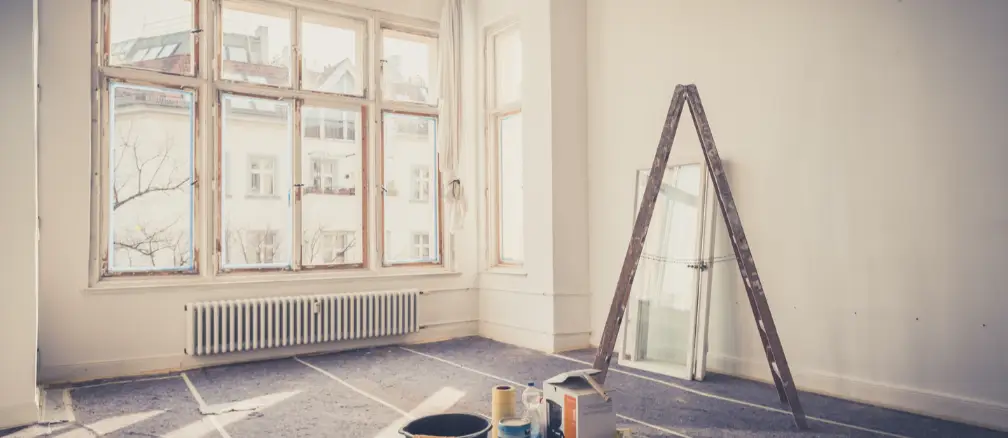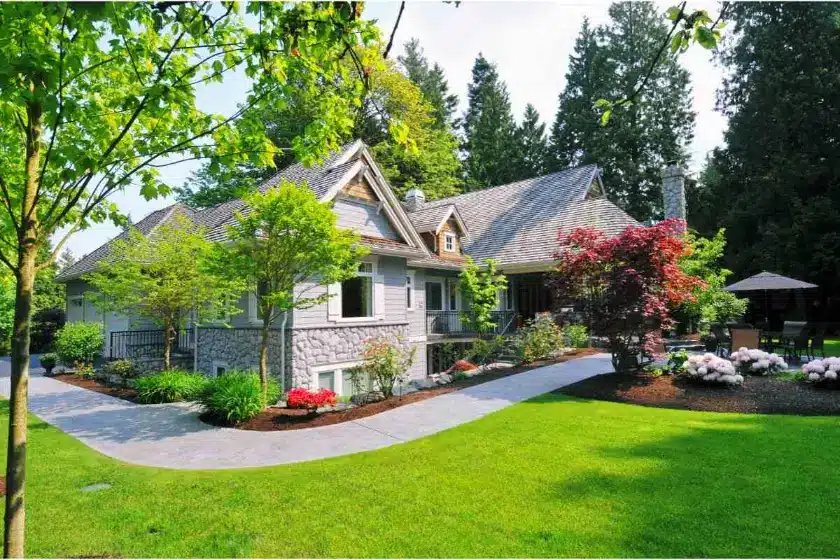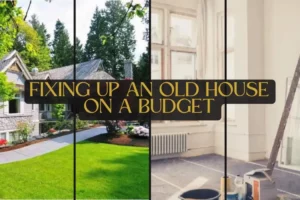Owning an old house is a dream for many, but you might want to modernize it to meet contemporary standards and aesthetics. While the idea of renovating an old house can be daunting, especially when considering the costs involved, it’s entirely possible to breathe new life into it without breaking the bank.
With some careful planning, creativity, and of course, a bit of elbow grease, it’s possible to modernize your old house on a budget. Whether you’re restoring a historic gem or updating a fixer-upper, here’s a comprehensive guide to help you navigate the process without breaking the bank.
Assess the Situation

Before diving into any renovations, it’s crucial to first assess the condition of the house thoroughly. Identify areas that require immediate attention, such as structural issues, plumbing, or electrical problems.
Make sure that you prioritize essential repairs over cosmetic enhancements to ensure the safety and integrity of the home. You can develop a clear renovation plan outlining your goals, priorities, and timeline.
Create a Budget
After knowing what you are up against, establishing a budget is essential to help you keep your renovation project on track financially. Determine how much you can afford to spend and allocate funds accordingly to different aspects of the renovation, such as materials, labor, and unexpected expenses.
Also, it is vital that you are realistic about your budget constraints and factor in a contingency fund for unforeseen costs.
Salvage and Repurpose Materials
Moreover, embrace the charm of your old house by salvaging and repurposing materials whenever possible. Reclaimed wood, vintage fixtures, and architectural salvage can add character and authenticity to your renovation while saving money compared to purchasing new materials.
You can explore salvage yards, demolition sites, and online marketplaces for unique finds at a fraction of the cost.
Focus on High-Impact Updates
When working with a limited budget, it is crucial that you focus on high-impact updates that will make the most significant difference in the look and feel of the house.
Consider projects like painting the interior and exterior, updating fixtures and hardware, refinishing floors, and refreshing kitchen and bathroom spaces. These relatively inexpensive improvements can dramatically transform the appearance of the home without breaking the bank.
DIY vs. Hiring Professionals
While DIY projects can save money, certain tasks are best left to professionals, especially those involving structural changes or specialized skills like plumbing and electrical work. You can contact experiences and reliable experts such as Neighborly STL to help you handle those structural aspects of your renovations.
Well, ensure that you honestly know your capabilities and decide which projects you can tackle yourself and where it’s worth investing in professional help to ensure quality results and avoid costly mistakes.
Make Energy-Efficient Upgrades
Investing in energy-efficient upgrades can save money in the long run by reducing utility bills and increasing the home’s resale value. Consider upgrading to energy-efficient appliances, installing programmable thermostats, adding insulation, and sealing air leaks to improve the home’s energy efficiency and comfort level.
Landscaping

Furthermore, you can enhance your home’s curb appeal without spending a fortune by tackling landscaping projects yourself. Trim overgrown bushes, weed flower beds, plant low-maintenance shrubs and flowers, and add mulch or gravel for a polished look.
Simple landscaping improvements can significantly enhance the exterior of your home and create a welcoming first impression.
Prioritize Safety and Compliance
While renovating, it is important that you make sure that all renovations meet building codes and safety standards to avoid costly fines and potential hazards. Obtain necessary permits for structural changes or major renovations and adhere to local regulations throughout the project.
Safety should always be a top priority, so invest in quality materials and professional assistance when needed to ensure the integrity of the home.
Once the major renovations are complete, you can focus on the finishing touches to tie everything together. Add personal touches and decorative elements that reflect your style and personality, such as artwork, furniture, textiles, and accessories. Small details can make a big difference in the overall look and feel of the home, so take the time to add those final touches that will make it feel truly yours.
Wrapping up
In a nutshell, renovating an old house on a budget requires the right plan, resourcefulness, and a willingness to roll up your sleeves and get to work. Remember that with patience and perseverance, you can transform a dated property into a beautiful and functional home that you’ll enjoy for years to come. All the best!
